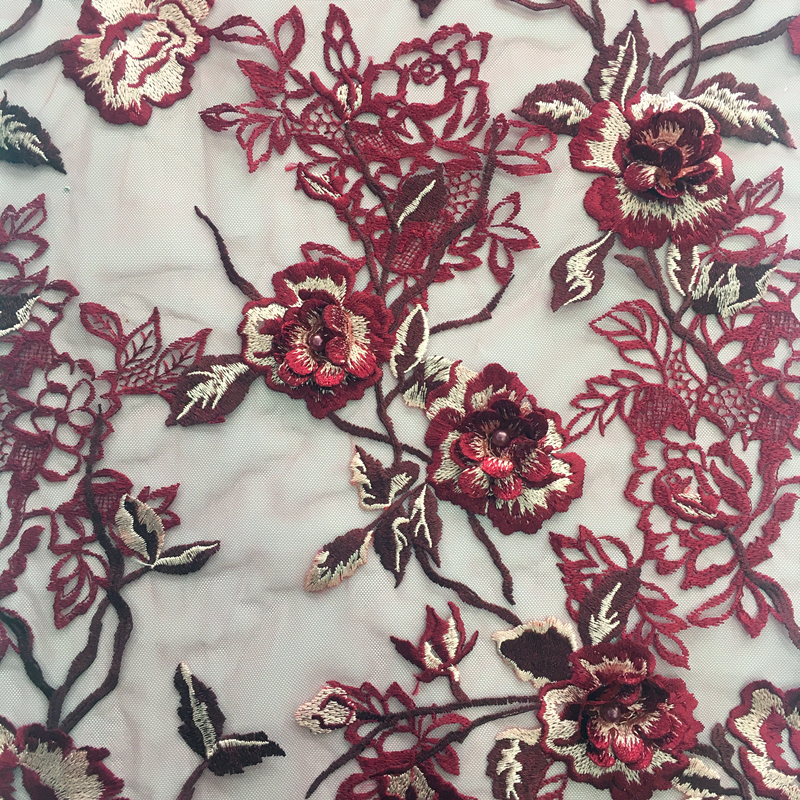Amber is a resin fossil that was buried in the ground tens of millions of years ago. After a certain chemical change, it is an organic mineral. It records its historical changes with its own. Prehistoric spider blood. Scientists have discovered a unique amber 20 million years ago in the Dominican Republic. It has a high scientific value, and the amber contains the earliest blood drops of ancient animals found so far. Paleontologist David Penney said that in the future, spider blood samples can be extracted from the amber to help scientists study the origin of spiders in the Caribbean. Ancient feathers. In 2011, Ryan McKellar, a paleontologist at the University of Alberta in Canada, discovered 11 specimens of amber containing feathers. There is a feather structure called "dinosaur fluff", in which a feather sample contains regular spacing. The hollow fluff is about 16 microns in diameter. It is probably an ancient bird or a feather on the body of a dinosaur. Early insect camouflage. In 2012, researchers at the University of Barcelona reported that a sample of insect fossils was found 110 million years ago in Spain, which is the earliest evidence of insect camouflage. It is a creature called Hallucinochrysadiogenesi, an ancient close relative of modern grasshoppers. Like modern grasshoppers, it wraps plant filaments around its body, forming a projection that tries to hide in the sight of predators. Gnome locusts. One of the most important amber samples in the Dominican Republic is the ancient new species, the pygmy aphid, whose scientific name is Electrotettixattenboroughi, discovered by British naturalist David Ardenborg. This pygmy aphid sample is similar in size to the rose bud, living between 18 and 20 million years ago in the Tertiary Miocene. This amber has important value, confirming the transitional type of locust evolution. Bianque carries the oldest Lyme disease. This year, scientists found the oldest Lyme virus evidence in an amber. Because amber can preserve soft tissue intact, scientists collect a large number of microscopic samples, including bacteria stored in larger organisms. Researchers at Oregon State University analyzed amber samples from the Dominican Republic and found that ancient ticks infected with Lyme bacteria, dating back 15 to 20 million years. Bianque carries the oldest Lyme disease. This year, scientists found the oldest Lyme virus evidence in an amber. Because amber can preserve soft tissue intact, scientists collect a large number of microscopic samples, including bacteria stored in larger organisms. Researchers at Oregon State University analyzed amber samples from the Dominican Republic and found that ancient ticks infected with Lyme bacteria, dating back 15 to 20 million years. Flowering plants have evidence of sexual reproduction 110 million years ago. In 2014, Burmese scientists studied a well-preserved early Cretaceous amber sample, and found 18 small flowers in amber, one of which is making new seeds, dating back 110 million years. It represents the diversity of flowering plants in the dinosaur era. The parasite on the ant's head. In a part of the Baltic Sea between 44 million and 49 million years ago, an ant with parasites on its head was trapped in a pond by a resin to form a perfect amber. This parasite is a species of the genus Aphid, which lives in the head of an ant. It is likely that the ants will spawn on the ant's head and behave like some of the current locust species, which clearly see the anatomy of the ants and parasites. The earliest spider web. In fact, only a small number of dinosaur spider webs have been found so far. In 2006, an amber was found in Spain, which contained a spider web 110 million years ago. In 2003, an older spider web amber was discovered in Lebanon. The history dates back to 132 million years, but the oldest spider web amber preserves the spider web, which is about 140 million years old. spider. During the Cretaceous period more than 100 million years ago, a round spider was preparing to pounce on a male wasp trapped on a spider web. Suddenly a drop of resin fell from a height and hit the spider. This amber perfectly preserves this scene. It was not until 2012 that archaeologists discovered the amber in Hukang Valley, Myanmar, which was identified as the now extinct Geratonephilaburmanica.
Do you like joining a party? Are you worried about that don't pretty dress for a party?
You can choose Bead And Pearl Embroidery Fabric for yourself .
Party Dress Pearl Embroidery On Poly Mesh Fabric
The composition of these kind of pearl embroidery fabric is 100% polyester.And it's in soft handfeeling and good quality.Also it could be made to children dress and garment dress etc
Evening Party Dress Embroidery Fabric Embroidered Silk Fabric For Dresses,30D Chiffon Embroidery Fabric,Party Dress Embroidery Fabric,Evening Dress Embroidery Fabric SHAOXING MINGHEE EMBROIDERY CO,LTD , https://www.zj3dembroideryfabric.com
